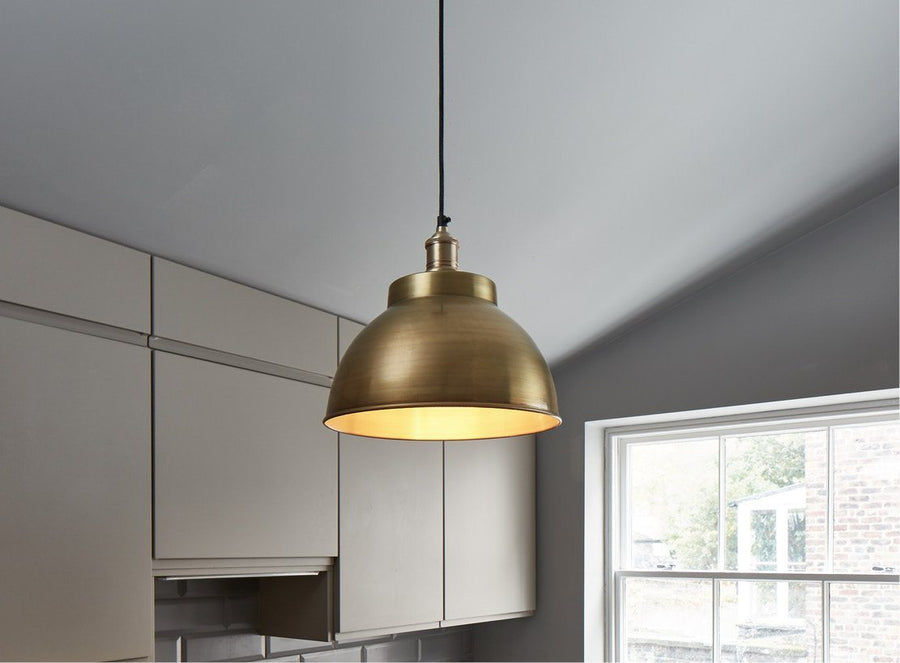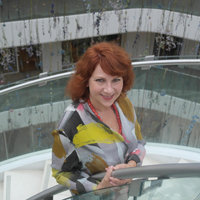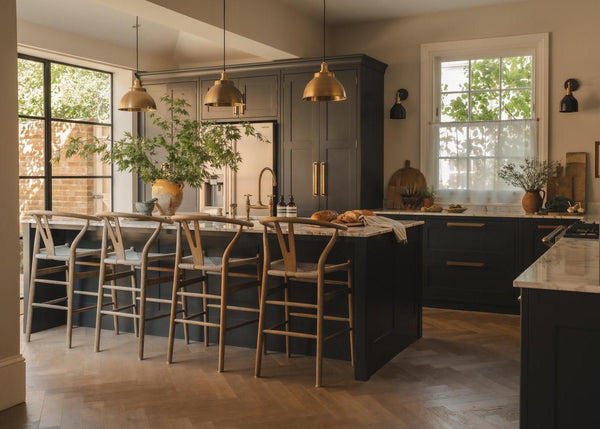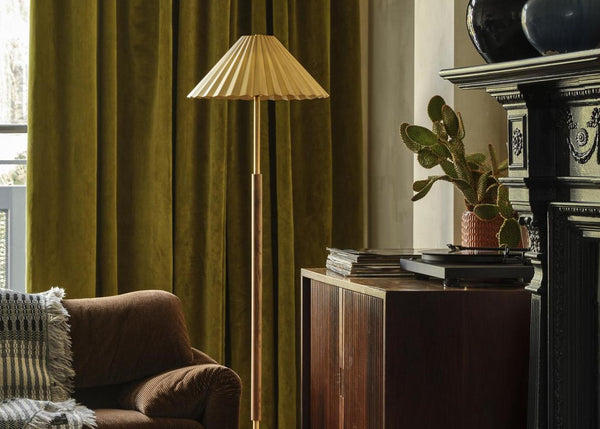

Lighting is an important part of any room, whether it be at home or commercially, interior lighting plays a huge part in the overall character of any room or space, and is crucial to the presentation of all other elements contained in the room.
Perhaps you're starting out as a beginner who's in need of some advice, or you're in the process of changing different aspects of lighting in your property, never fear, you've come to the right place.
The question is, how do you get interior lighting right?
We decided to reach out to a number of experienced and talented interior designers and others within the industry to ask for their number one interior lighting tips.
Who better to ask than the experts, right?
Shelley Little - Fresh Home

Jules Yap - Ikea Hackers

Martyn Lawrence Bullard - martynlawrencebullard.com

Jen Stanbrook - Love Chic Living

Jenny Gibbs - Principal / Founder, KLC School of Design

Yanic Simard - Toronto Interior Design Group

Torie Wilkinson - Klaus and Heidi

Gwen Hefner - The Makerista

Shai DeLuca - shaideluca.com

Kimberly Duran - Swoonworthy

Laura Oakes - The Cabal

Adrienne Chinn - adriennechinn.co.uk

Suzanne Lasky - S Interior Design

Pippa Jameson - Interior Stylists

Nicola Holden - nicolaholdendesigns.co.uk

Ivan Meade - LIFEMSTYLE

Lynni Megginson - lynni.net

Jennifer Woch - House of J Interior Design

Jeff Page - SpaceLineDesign

Ramona Griffin - G&G Interior Design

Susie Miles - Susie Miles Design

Emma Blomfield - emmablomfield.com

Maxine Brady - We Love Home

Tanyth Thomson - Living In Space

Sarah Myall - Whitehouse Interiors

Kelly Davies - kellydavies.co.uk

Typhanie Peterson - typhaniepeterson.com

Linda Merrill - lindamerrill.com

Christina Haire - christinahaire.com

Gail Green - Gail Green Interiors





